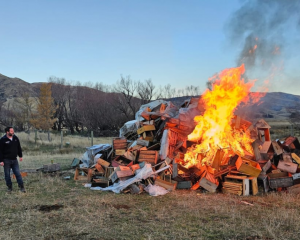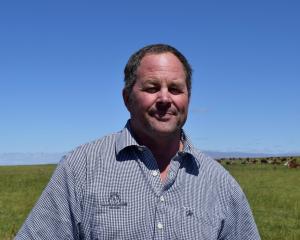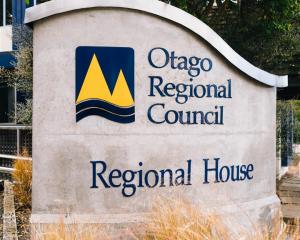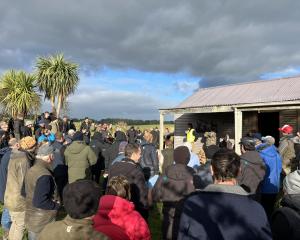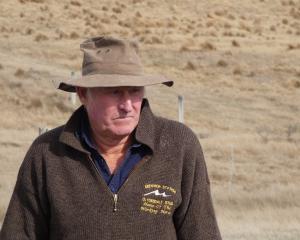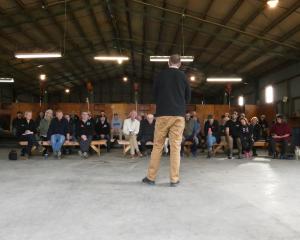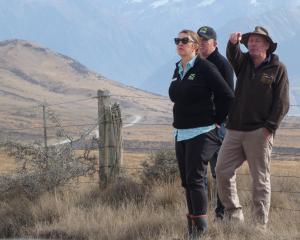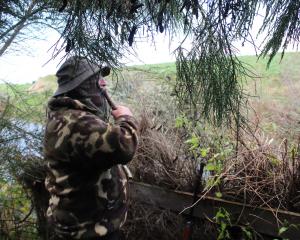The government is unlocking funding to assist farmers and growers with the recovery from storm damage in Southland.
Ministry for Primary Industries rural communities and farming support director Nick Story said the ministry would give up to $20,000 to support farmers and growers affected by storm damage and flooding.
The Southland Rural Support Trust would be given additional funding, he said.
"It will help fund specialised one-on-one support, co-ordination of the cleanup, and wellbeing events."
Strong wind followed by heavy rain hammered the South, causing flooding, killing sheep and cattle and closing roads.
State of emergencies were declared in the Gore District for two days from September 21 and for one day in Queenstown from September 22.
Mr Story said as the storm in Queenstown had a greater impact on residential areas and was not covered by the ministry’s adverse event work, which focused on rural areas.
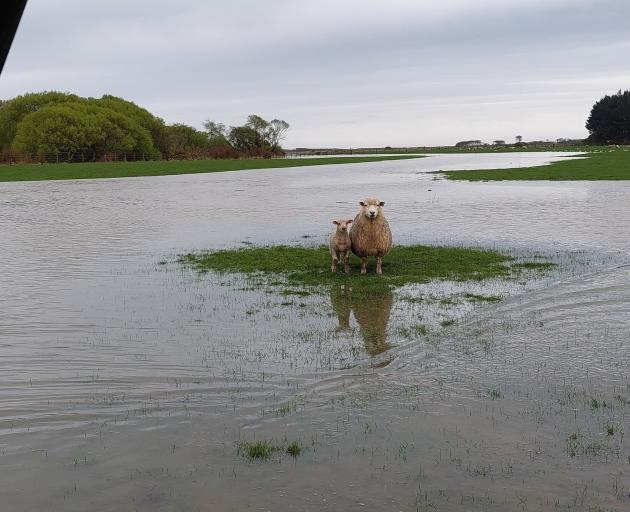
"That’s outstanding — we are very happy."
Storm damage stories included a herd of about 40 cows being swept down the Aparima River.
About 25 of those cows remained missing, she said.
"The Aparima reached levels not seen for many, many years."
Niwa meteorologist Ben Noll, speaking to Southern Rural Life on September 26, said Milford Sound was the wettest place in New Zealand during September with 996mm of rainfall.
Manapouri, which had 612mm of rain, was the second wettest place in New Zealand during September.
The amount of rainfall in both places were well above their monthly normal, he said.
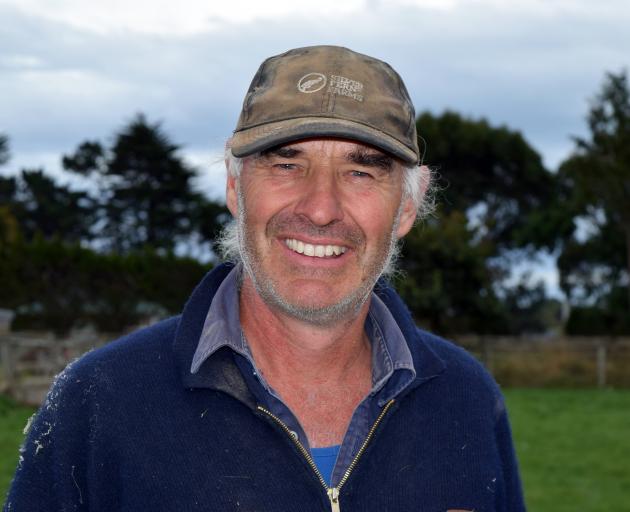
The farm had 48mm of rain on September 21.
However, the Waiau River, which feeds out of Manapouri, flows through the farm on its way to Te Waewae Bay.
Heavier rain upstream flowed down and "the river came up real quick".
"We got caught out because we hadn’t had that much rain."
Cows, calves and rams got stranded on high points of the farm.
"She was a bit of a sleepless night."
A helicopter was needed to drop bales of baleage and hay to the stranded stock.
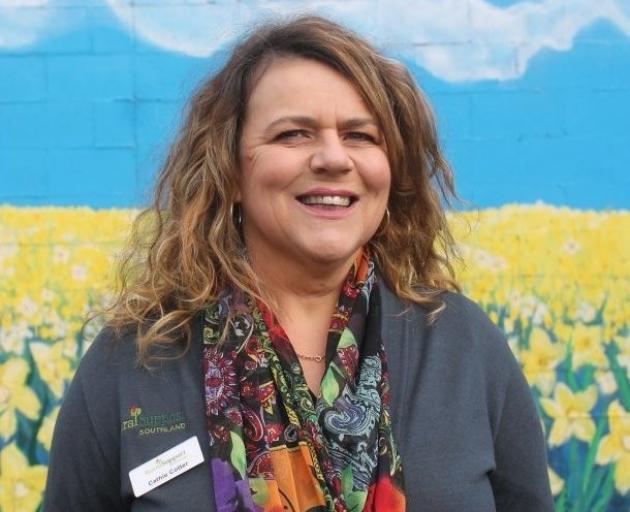
The flooding had damaged fences, he said.
"We’ve got a fair bit of fencing to do."
He would welcome any assistance offered to clean and repair fences, once the farm was drier.
"We’ve had some offers from neighbours."
Sheep, beef and deer farmer Andy Dennis said his 800ha farm surrounded the Manapouri township.
The Kepler Mire overflowed and caused surface flooding on paddocks on the farm.
"The last time that happened was 30 years ago, but that’s life."
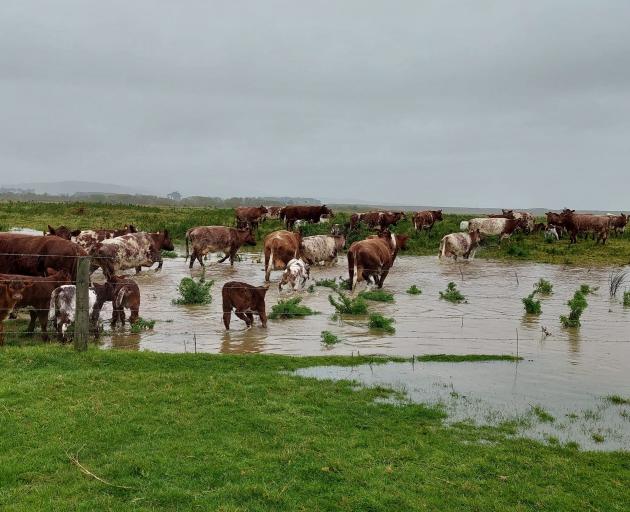
"There was quite a few farmers who were very badly hit."
Lambing had started on the farm and calving was well through.
The constant rain had resulted in the death of about 200 lambs.
"I had several newborn calves that day but they were warmer because their skins are thicker."
Sheep and beef farmer Jeremy Gray, of Blackmount, said he was a couple of days into lambing when 100mm of rain hit his 600ha farm Grassy Creek in Blackmount, south of Manapouri.
"That took its toll."
The lamb losses could have been worse, he said.
"It has just taken the cream off the top on what has been a pretty good season up until that."
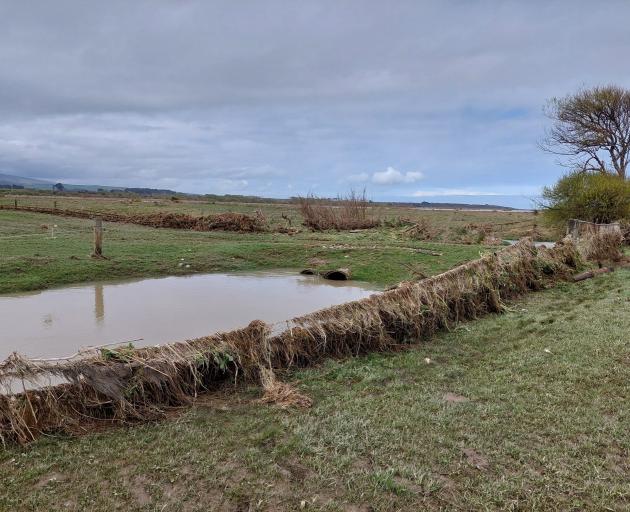
"It disappeared quick — it was intense, but a day or two later the creeks had all gone down."
He considered the storm to be "a pain in the arse" and the impact would be worse for those downstream of the Waiau River.
Sheep and beef farmer Sammy Sanford, of Otahu Flat, north of Tuatapere, said he got 63mm on his farm on September 21.
"It did no harm, but we don’t need that much in one go."
His farm dried out within a week, he said.
However, the Waiau River flooded the clubrooms at the Waiau Star Rugby Club in the Tuatapere Domain.
"The floodwater got up to the carpeted area and that’s about the third time that’s happened in 22 years."


